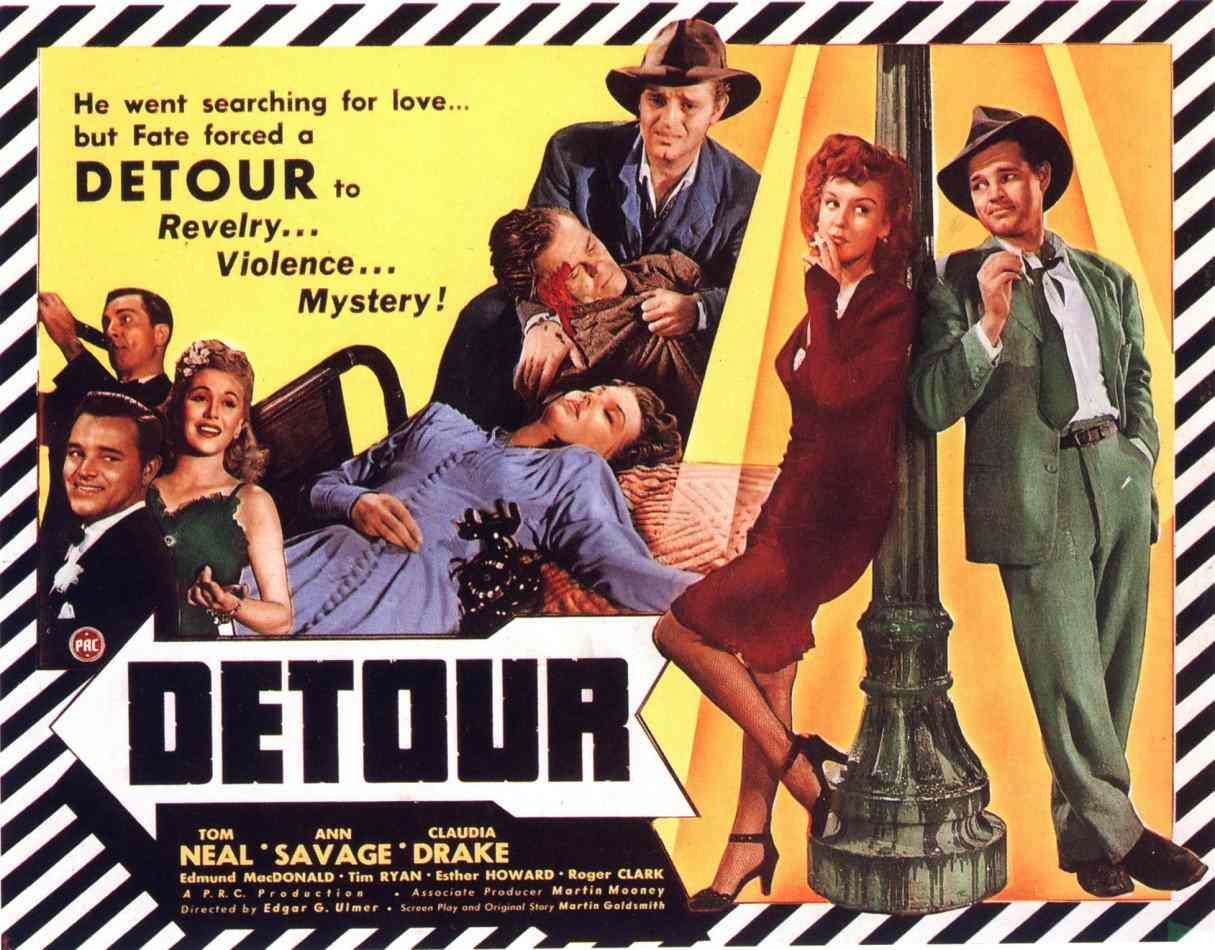My first reaction upon learning about Bob Dylan’s brief conversion to Evangelical Christianity may have been something like “What in the hell?” It wasn’t a religious Dylan that surprised me; it was Dylan embracing a faith that can often seem doggedly literal and, well, just a little inflexible. What with his love of ambiguity, of occult symbolism and symbolist poetry, and his resolute contempt for convention, Dylan has always struck me as more of an ancient Gnostic than a modern Bible thumper. While Dylan’s immersion in the Christian world may have been brief, it was deep, and it was confusing—enough so that Andy Greene in Rolling Stone comments that his proselytizing from the stage “took audience provocation to the next level.”
In his gospel shows of 1979/80, Dylan presented “a night of music devoted exclusively to selections from his new gospel records, often pausing for long, rambling sermons about Christ’s imminent return and the wickedness of man.” Hear one of those sermons at the top, a seven-minute theological disquisition, before Dylan and band launch into a powerful performance of “Solid Rock.” Just above, in another sermon from 1979, Dylan holds forth on the “spirit of the Antichrist” before an unsympathetic crowd in Tempe, Arizona. That same year, he gave an interview to Bruce Heiman of KMGX Radio in Tucson on the subject of his conversion (below).
In a certain way, a Dylan obsessed with divine judgment and the book of Revelation jibes with his pursuit of the arcane and the mystical, with his consistently apocalyptic vision, prophetic mumblings, and tendency to moralize. But the preaching is just…. well, kinda weird. I mean, not even Dylan’s friend, the deeply devout Johnny Cash, used his musical platform to harangue audiences about the Bible. Was it a stunt or a genuine, if perhaps overzealous, expression of deeply held beliefs? That question could be asked of almost every move Dylan has ever made. This brief period of very public religiosity may seem anomalous, but Dylan’s interest in religion is not. Google his name and any faith term, and you’ll see suggestions for “Dylan and Islam,” “Dylan and Buddhism,” “Dylan and Catholicism,” and, of course, “Dylan and Judaism,” the religion of his birth. Some contend that Dylan still keeps faith with Jesus, and that it doesn’t mutually exclude his Jewishness.
And yet, how Dylan’s Christian preaching could line up with his later commitment to Chabad—an Orthodox Hasidic movement that isn’t exactly warm to the idea of the Christian messiah, to put it mildly—is beyond my ken. But logical consistency does not rank highly on any list of virtues I’m familiar with. Dylan seemed to be reconnecting with Judaism when he explicitly expressed solidarity with Israel in 1983 in his Zionist anthem “Neighborhood Bully” from Infidels, in other respects, a wholly secular record.
Three years later, Dylan appeared on the Chabad telethon (above), accompanying his son-in-law Peter Himmelman on harmonica in a rendition of “Hava Nagila,” along with, of all people, Harry Dean Stanton (whose chilling turn as polygamous Mormon sect leader in HBO’s Big Love you may well recall). By this time, at least according to Jewish Journal, “Chabad rabbis had helped Dylan return to Judaism after the musician embraced Christianity for a time.” The mid-90s saw Dylan worshipping with Brooklyn Lubavitchers, and in 2007, he was sighted in Atlanta at Yom Kippur services at the Chabad-Lubavitch of Georgia, saying the “blessings in Hebrew without stumbling, like a pro.”
So is Bob Dylan a firebreathing Christian or an Orthodox Jew? Or, somehow… both? Only Dylan knows, and frankly, only Dylan needs to. His beliefs are his business, but his public expressions of faith have given his fans much to puzzle over, reading the lyrical tea leaves for evidence of a solid rock center amidst the shifting sands of Dylanology. Let ‘em sift. Some people obsess over Dylan’s religious commitments, others over his “secret” wife and daughter, his corporate sellouts, or his sometimes inscrutable personal politics. It’s all part of the business of fame. What I find fascinating about the many layers of Bob Dylan is not how much they tell me about the man, who has the right to change his mind, or not, as often as he likes, but how much they reveal about his strange lyrical themes. After all, Dylan’s seemingly contradictory allegiances and ambivalent identities as an artist may in in fact make him all the more the archetypal American songwriter he’s always said to be.
Related Content:
An Introduction to Dylanology, or How to Understand Bob Dylan by Digging Through His Garbage
The Times They Are a‑Changin’: 1964 Broadcast Gives a Rare Glimpse of the Early Bob Dylan
Animated Video: Johnny Cash Explains Why Music Became a Religious Calling
Johnny Cash Reads the Entire New Testament
Josh Jones is a writer and musician based in Durham, NC. Follow him at @jdmagness









